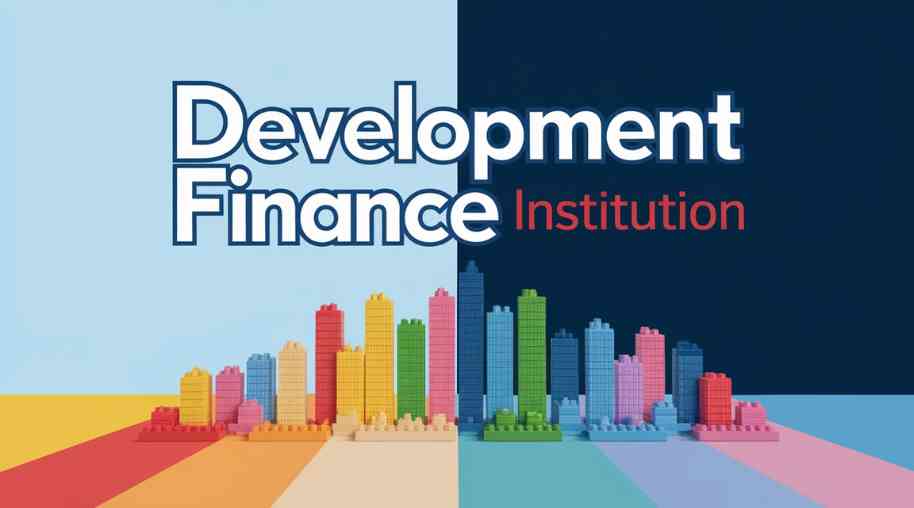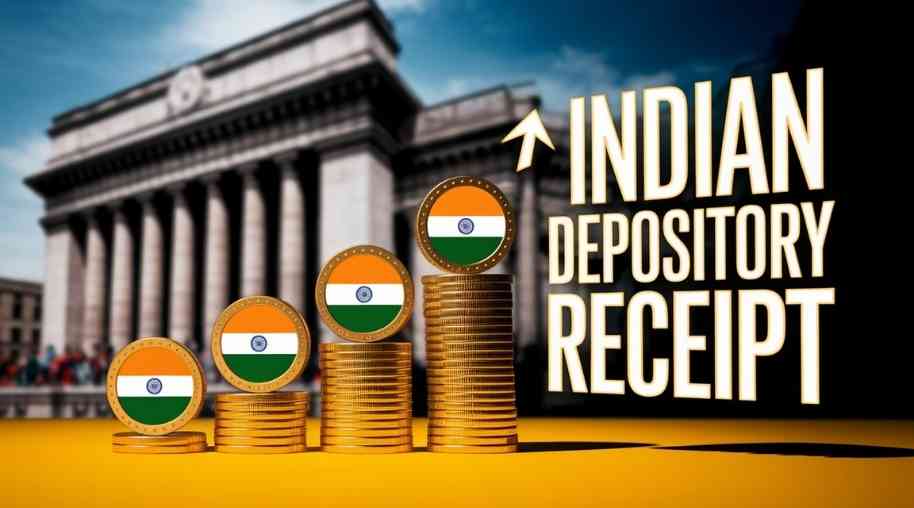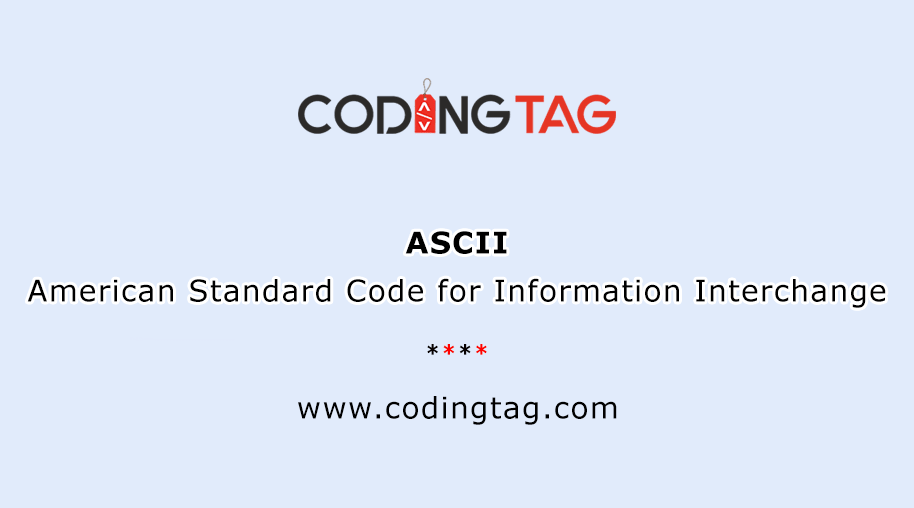DFI Full Form - Development Finance Institution
by Shashi Gaherwar
0 1661
Understanding Development Finance Institutions (DFIs): Catalysts for Economic Growth and Sustainability
Development Finance Institutions (DFIs) bridge the gap between commercial lending and government funding, focusing on projects that drive economic growth, reduce poverty, and promote sustainable development. They provide long-term capital, especially in emerging markets.

This article explores the functions, impact, challenges, and future of DFIs in the global financial ecosystem.
Understanding Development Finance Institutions (DFIs)
Development Finance Institutions (DFIs) are specialized entities that fund infrastructure, SMEs, and green initiatives to create social and economic value. Unlike commercial banks, their mandate prioritizes development impact over profit. They include:
- International Finance Corporation (IFC): Part of the World Bank Group, supporting private sector growth.
- African Development Bank (AfDB): Promotes sustainable development in Africa.
- European Investment Bank (EIB): Finances infrastructure within the EU and globally.
- Development Bank of Latin America (CAF): Supports economic stability in Latin America and the Caribbean.
Key Functions of DFIs
DFIs perform critical roles in fostering development:
- Infrastructure Financing: Funds roads, energy plants, and digital connectivity to boost productivity.
- Supporting SMEs and Entrepreneurs: Provides loans, equity, and guarantees to SMEs for growth.
- Promoting Financial Inclusion: Invests in microfinance and fintech to serve underserved populations.
- Encouraging Sustainable and Green Investments: Supports renewable energy and climate-resilient projects.
- Facilitating Public-Private Partnerships (PPPs): Mitigates risks to attract private investment in development projects.
The Impact of DFIs on Global Development
DFIs deliver far-reaching social and economic benefits:
- Job Creation: Finances projects that generate employment in developing regions.
- Economic Stability: Strengthens critical sectors for resilience and growth.
- Technology Transfer: Promotes innovation through advanced technology adoption.
- Improved Quality of Life: Enhances living standards via investments in healthcare and infrastructure.
Challenges Faced by DFIs
DFIs encounter significant obstacles:
- Political and Regulatory Risks: Policy uncertainties in developing countries pose challenges.
- Limited Funding: Resources are constrained compared to global development needs.
- Measuring Impact: Quantifying long-term impacts requires robust evaluation frameworks.
The Future of DFIs
DFIs must adapt to evolving global challenges:
- Expanding Digital Finance Solutions: Leveraging technology to enhance financial access.
- Strengthening Climate Finance: Increasing investments in renewable energy and sustainability.
- Enhancing Partnerships: Collaborating with governments and private investors for greater impact.
- Innovating Financial Instruments: Exploring blended finance and impact bonds.
Development Finance Institutions (DFIs) are vital for driving economic growth, fostering financial inclusion, and promoting sustainability. By addressing challenges through innovation and partnerships, DFIs will continue to unlock transformative benefits for the global economy.
Further Learning Resources
If you’re passionate about building a successful blogging website, check out this helpful guide at Coding Tag – How to Start a Successful Blog. It offers practical steps and expert tips to kickstart your blogging journey!
For dedicated UPSC exam preparation, we highly recommend visiting www.iasmania.com. It offers well-structured resources, current affairs, and subject-wise notes tailored specifically for aspirants. Start your journey today!

Share:








Comments
Waiting for your comments